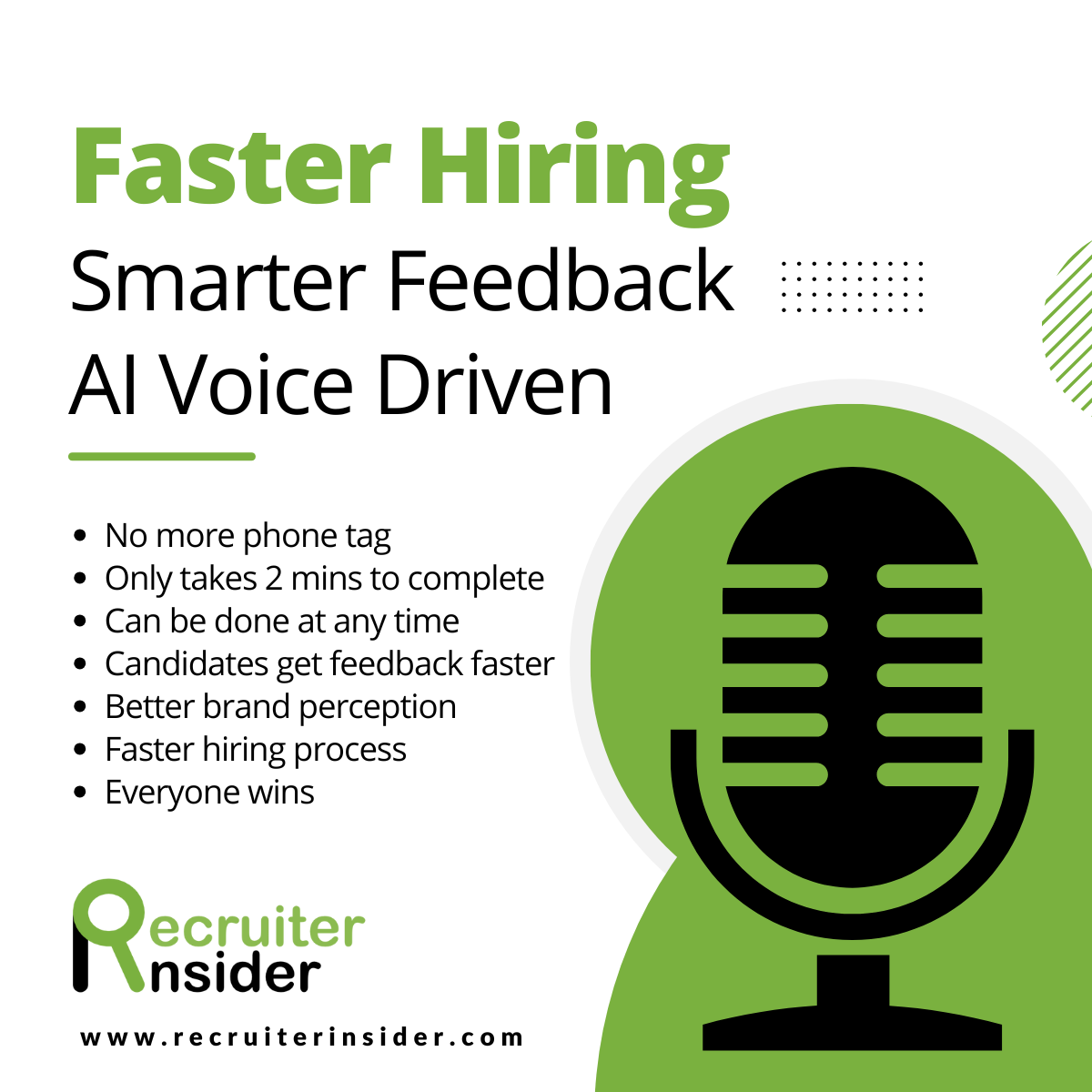Most agencies are prioritising the wrong things
Most agency owners are chasing growth in all the wrong places. They focus on landing new clients, adding consultants, or experimenting with AI tools, all while missing the two priorities that matter more than anything else: the skill level of their consultants and the percentage of roles they actually fill. Everything else is secondary. If your consultants aren’t capable and your fill rates are low, no amount of BD or branding will save you.
The data backs this up in black and white. Recruiter Insider analysed thousands of consultants across tens of thousands of job orders. The highest-performing consultants, the ones delivering consistently strong results, weren’t the ones doing more. They were doing better. Better job qualification. Better candidate preparation. Better client advice. They were operating with clarity, control, and consistency. The impact was extraordinary.
Agencies with consultants scoring in the top quartile for key behaviours more than doubled their fill rates, moving from a base of 30 to 35 percent to an average of 70 to 75 percent. This is not theoretical. These are actual results observed inside real agencies. And they’re not the result of heroics or luck. They come from repeatable, coachable actions.
Fill rate is the single clearest indicator of whether a recruitment business is functioning properly. If you're not filling roles, you're burning time, damaging your reputation, and killing profitability. A 15 to 20 percent uplift in fill rate can mean hundreds of thousands in extra revenue per office. That’s more margin, more commission, more growth, all without increasing job volume. Most agencies are sitting on the opportunity to transform performance just by improving what happens between job brief and placement.
That doesn’t mean other areas aren’t important. But they come after. They support and reinforce, not replace, the foundations. For example, take job qualification. A sloppy or rushed job brief guarantees a messy process. Strong consultants don’t just take down a spec, they interrogate it. They challenge. They dig into the detail. They find out what really matters. And they document it in a way that sets the rest of the process up for success. This one behaviour alone improves candidate alignment and increases interview-to-placement ratios. It should be second nature, yet too many consultants gloss over it and pay the price later.
Then there’s speed. Not the frantic type that leads to poorly matched candidates or vague submissions. Real speed comes from clarity. When the brief is strong and the process is tight, consultants move fast because there’s no guesswork. Clients get what they need quicker and competitors don’t get a look-in. Time-to-fill improves, the client experience sharpens, and trust builds. All of it flows from the behaviours identified in the data.
Candidate experience is another overlooked lever. The whitepaper data is clear. Candidates who are well prepared, well informed, and properly managed are far more likely to convert. Yet the industry still treats candidate communication like a nice-to-have. Top consultants see it differently. They know that a well-briefed, confident candidate is more likely to show up, more likely to engage with feedback, and more likely to accept an offer. The result is fewer dropouts, higher offer acceptance, and less time wasted on backfilling or firefighting.
There’s also a myth that doing more interviews equals better performance. The data destroys that idea. Bottom-performing consultants often generate three times as many candidate interviews as top performers, yet place far fewer. Volume doesn't win. Precision does. When you understand the role, understand the candidate, and manage the process tightly, you don’t need fifteen interviews to fill a job. You need two or three good ones. That efficiency improves consultant morale, increases client trust, and drives faster results.
Client retention is another area that ties directly into this. Agencies that communicate clearly, update consistently, and manage expectations properly don’t just fill jobs, they keep clients. And long-term clients are where the money is. One retained account that trusts your delivery is worth more than five prospects who might never send a brief. Strong consultant behaviours don’t just win jobs, they protect revenue.
Training plays a key role. Top consultants aren’t born. They’re built. Agencies that embed behavioural training into onboarding and ongoing development outperform those that rely on charisma or instinct. The best consultants are constantly refining how they brief candidates, how they advise clients, how they manage timeframes, how they position salary and fit. These skills compound over time and the results speak for themselves.
Technology should be supporting this, not distracting from it. Too many tools add complexity without adding value. If your tech stack doesn’t help consultants qualify better, communicate faster, or track performance more accurately, it’s just noise. The best agencies streamline their tech around core behaviours that move the needle.
And finally, measurement. If you can’t see what your team is doing, you can’t improve it. But it’s not about calls made or CVs sent. That’s surface-level nonsense. You need to be measuring the moments that matter. Did they prepare the candidate. Did they advise the client on interview structure. Did they qualify the brief properly. These are the behaviours that drive fill rates. Everything else is noise.
If you’re serious about growing your agency, stop chasing distractions and start improving execution. Focus on what happens between job on and job filled. Start measuring behaviours. Start coaching the basics. And start holding your team to the standard your clients expect. The data is clear. The model is proven. All that’s left is to do the work (and to talk to us 😀).










